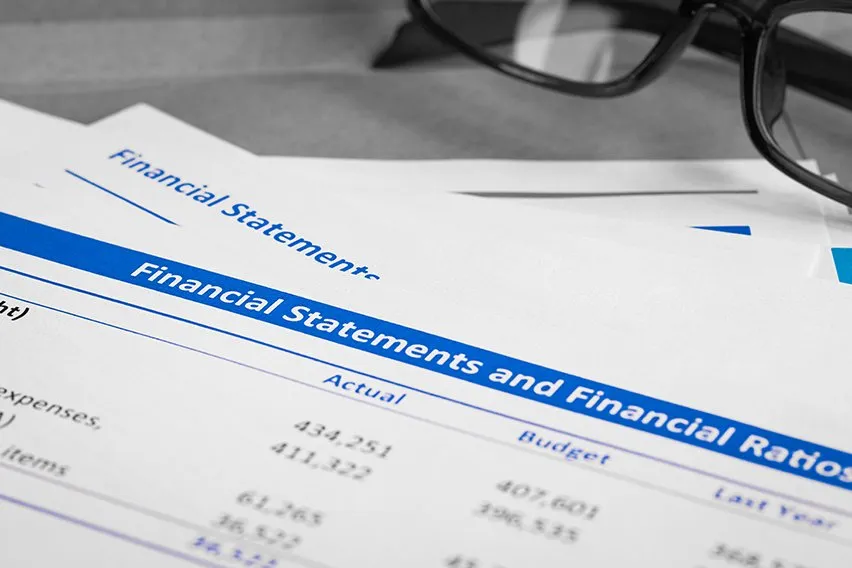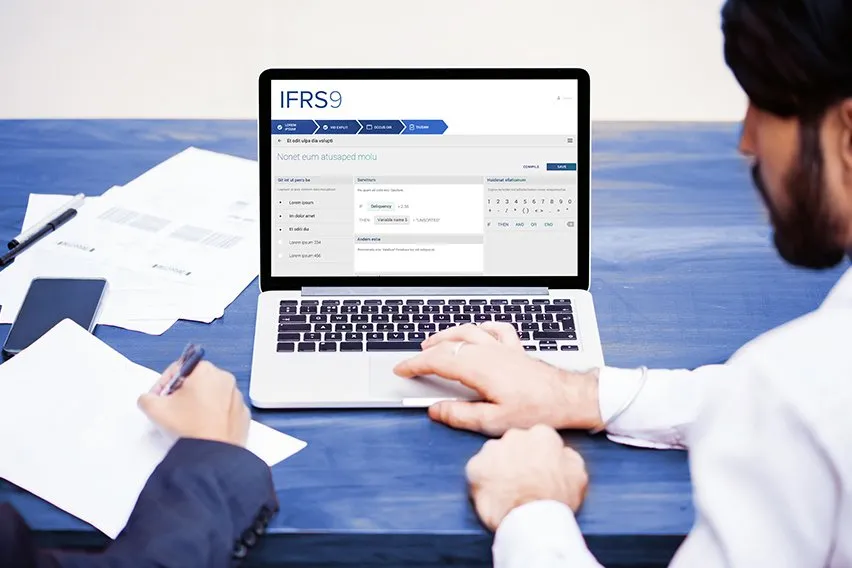What Is Credit Control? An Extensive Business Guide

When you search on Google for credit control, it’s likely that you’ll be directed to a debt collection agency. However, when it comes to businesses, credit control is an entirely separate subject! If your business is beginning to expand you may be thinking about offering credit. If that’s the case, keep reading to learn all about credit control and how it affects your business!
Here’s What We’ll Cover:
What Is Credit Control in Business?
Three Different Types of Policies
The Four Factors of a Credit Control Policy
What Is Credit Control in Business?
Credit control may be more familiar than you think. It is also known as credit policy, and it is related to businesses that offer credit to customers. Credit control is a strategy employed by a business to help accelerate sales. This acceleration can be used to increase overall business, or it can be used to target a specific product or service.
Largely, the release of a credit policy depends on a business having a high demand for a product or service. If a business doesn’t have a product or service that’s selling well, it can be hard to justify opening lines of credit. Should a business decide to open a credit control policy without financial backing, they may end up losing profits.

Who Is Offered Credit?
Businesses will look to offer lines of credit to customers who meet their creditworthiness standards. Most of the time, a business will only offer credit to a customer with a good credit score. This is determined by sending an inquiry to the credit bureau. Credit applicants will have to meet the credit standard set, and also be interested in any corresponding products. This is a way for the business to sell a product with high demand, and ensure that they’ll be paid for it.
Credit accounts can be an excellent way for businesses to increase sales. This will also increase profits over time, as instalments are paid.
Three Different Types of Policies
When a business is setting up a credit policy, they must determine how the policy will be structured. In general, there are three different policies; restrictive, moderate, and liberal.
Restrictive Credit Policies
These are the most tight-fisted credit policies. They only offer credit to customers with a strong credit history. This is considered to be a low-risk business strategy, as it decreases the likelihood of bad debt accounts being created. These policies tend to be exclusive. They’re offered to loyal customers, and are given high credit limits.
Moderate Credit Policies
Moderate policies are a middle-of-the-road strategy in terms of risk, as the name implies. The credit requirements will be lower than a restrictive policy, and the limits will be lower. These are riskier than restrictive policies, but more conservative than a liberal policy.
Liberal Credit Policies
As the name implies, liberal credit policies are offered to the largest pool of customers. Credit scores aren’t nearly as high as they are for the other policies. They are the highest risk credit policy, and tend to incur higher amounts of unpaid invoices. This high-risk strategy is only used by large companies who can afford to take on the outstanding invoices created.

The Four Factors of a Credit Control Policy
When developing a credit control policy, businesses tend to focus on the following four factors.
Credit Period
This is the length of time that a customer has to pay. Higher credit limits tend to allow for longer credit periods, where lower limits are shorter. The type of policy also plays a part in the length of the credit period offered.
Cash Discounts
A discount program offered alongside a credit policy. Policy periods are limited, and if customers pay their account off in cash they’re given a discount.
Credit Standards
The minimum qualifications for the credit program being developed. The higher the standards, the less accounts created. The lower the standards, the higher risk of bad debts being created. Credit standards are the most important part of creating a credit policy.
Collections Policy
This is the policy set for a business internally related to collecting the money owed. Lax collection policies may make customers happy, but they may not generate income. Aggressive collection policies can generate income at the cost of a happy customer. It is important to find a balance.
Key Takeaways
Credit control is better known as a credit policy. It’s a business strategy based on offering lines of credit to increase sales, and as a result profits. Creating a credit policy is up to each individual business, and how much risk they’d like to take. Using four simple components, credit policies can be created by just about any business with ease. If you’re looking for more business information like this, be sure to visit our resource hub! We have plenty of helpful articles similar to this one. We’re here to help you.
RELATED ARTICLES
 What Are Accruals? A Guide to Accrual Accounting
What Are Accruals? A Guide to Accrual Accounting What Is a Financial Statement? Overview, Definition & Types
What Is a Financial Statement? Overview, Definition & Types What Is IFRS (International Financial Reporting Standards) – Accounting
What Is IFRS (International Financial Reporting Standards) – Accounting Financial Intermediaries: Definition, Importance & Function
Financial Intermediaries: Definition, Importance & Function What Is BPS (Basis Points) In Finance? Definition & Calculation
What Is BPS (Basis Points) In Finance? Definition & Calculation What Are Internal Sources of Finance?
What Are Internal Sources of Finance?